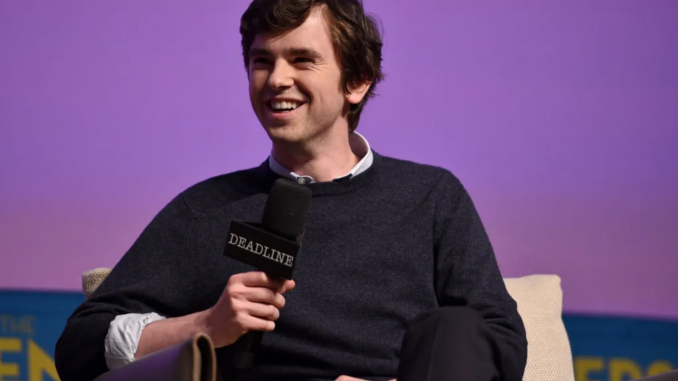
Freddie Highmore, who brought Dr. Shaun Murphy to life in The Good Doctor, has expressed immense pride in how the show represented autism throughout its successful run. By focusing on the humanity and growth of his character, the series challenged stereotypes and demonstrated that people on the autism spectrum are capable of change, evolution, and incredible achievements.
A Groundbreaking Character
From the outset, Dr. Shaun Murphy stood out as a unique and groundbreaking character in the world of television. As a young surgeon with autism and savant syndrome, Shaun faced numerous personal and professional challenges. Yet, rather than treating his condition as a barrier, The Good Doctor depicted Shaun’s journey as one of perseverance and growth. Freddie Highmore, in interviews, often emphasized the importance of showing Shaun as a person first—someone with strengths, vulnerabilities, and a deep capacity for change. “One of the things I’m most proud of is how Shaun evolves over the course of the series,” Highmore shared. “It’s a reminder that people on the spectrum, like everyone else, are not static. They can grow, adapt, and surprise us in wonderful ways.”
Growth Through Relationships
One of the key aspects of Shaun’s evolution was his ability to build meaningful relationships with those around him. Whether it was his friendships with colleagues, his romantic relationship with Lea, or his mentorship under Dr. Glassman, Shaun’s interactions allowed him to navigate complex emotions and situations. These moments highlighted that people on the spectrum are capable of forming deep connections, even if they may approach relationships differently. Highmore noted that Shaun’s growth was often rooted in his willingness to step outside of his comfort zone. “What’s inspiring about Shaun is his determination to learn and adapt, even when things are difficult,” Highmore explained. “He’s proof that growth is possible for everyone.”
Changing Perceptions
Through its nuanced portrayal of autism, The Good Doctor challenged misconceptions and opened the door for greater understanding. The show avoided reducing Shaun’s character to a set of stereotypes, instead presenting him as a multi-dimensional individual with a unique perspective. Highmore credited the series’ collaboration with autism experts and consultants for helping to ensure accuracy and sensitivity in its storytelling. The show’s impact extended beyond the screen, inspiring viewers to reconsider their assumptions about autism. Many families shared stories of how The Good Doctor encouraged them to see their loved ones on the spectrum in a new light, celebrating their potential rather than focusing on limitations.
A Legacy of Representation
As The Good Doctor comes to an end, Highmore hopes that the series will leave a lasting legacy of acceptance and inclusion. “The beauty of Shaun’s story is that it shows how we all have the capacity to grow and adapt, regardless of the challenges we face,” Highmore reflected. He expressed pride in the show’s role in advancing the conversation around autism and providing a platform for greater representation.
Final Thoughts
Freddie Highmore’s portrayal of Dr. Shaun Murphy will undoubtedly be remembered as a turning point for autism representation in television. By showcasing Shaun’s growth, resilience, and humanity, The Good Doctor proved that people on the spectrum are capable of incredible evolution and transformation. As the series concludes, its message remains clear: everyone deserves the opportunity to grow, change, and thrive—regardless of how they see and experience the world. Highmore’s reflections remind us of the power of storytelling to inspire empathy, challenge biases, and celebrate the diversity of the human experience.
